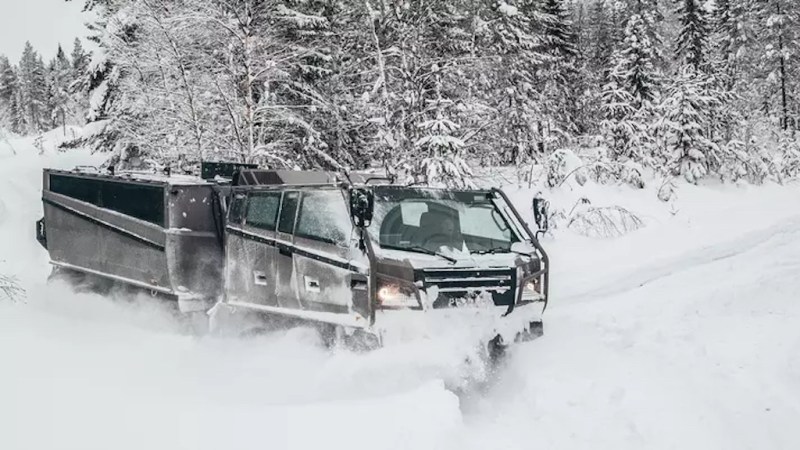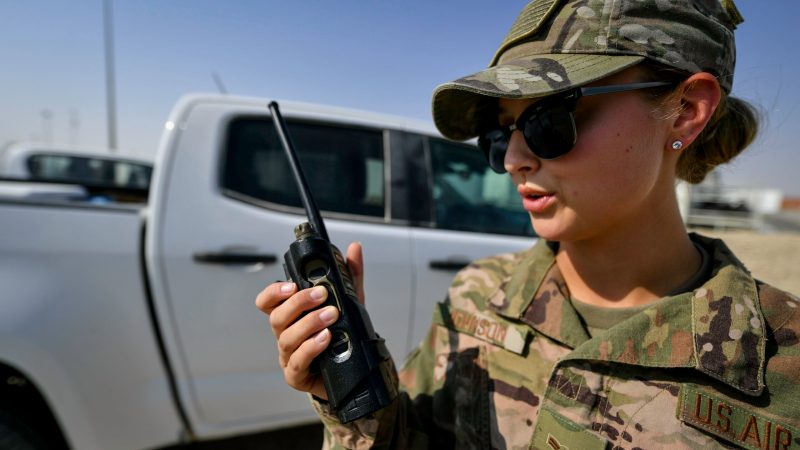The U.S. military’s HMMWV, or “Humvee,” was the backbone of U.S. mobile military might for thirty years. Over that time it became as iconic as its predecessor, the Jeep. That kind of legacy is hard to replicate.
Enter the Joint Light Tactical Vehicle program.
The JLTV program demanded “a flexible vehicle that balances the payload, performance, and protection critical in the operating environments of today and tomorrow.” The program awarded the contract to Oshkosh Defense’s Light Combat All-Terrain Vehicle (L-ATV).

The L-ATV combines the protection of the Mine Resistant Ambush Protected (MRAP) vehicles used in Iraq and the MRAP All-Terrain Vehicle (M-ATV) used in Afghanistan, but it’s much lighter. It’s maximum weight of just over 15,600 pounds allows the vehicle to be transported by helicopter, reach speeds of over 100 mph, and cover rugged terrain 70 percent faster than the M-ATV.
The new vehicle comes in a four-door model combat vehicle or two-seater combat support vehicle. It also has the armor protection of the MRAP and a Crew 1080 protection system like those equipped in racing vehicles that allow drivers to walk away from horrific crashes.

The vehicle reportedly drives like a modern pickup truck. It runs on a GM Duramax 6.6-liter V8 turbo-diesel engine and features a TAK-4i independent suspension and an optional hybrid electric-diesel drivetrain.
Here are some other program requirements that the L-ATV has to meet:
- It must comply with U.S. Army’s Long Term Armor Strategy (LTAS)
- It has to be able to be transported by their current and planned systems. In April 2009, Marine Corps Commandant Gen. James Conway warned that the Marines “will not buy a vehicle that’s 20,000 lb.”
- Passengers must be able to easily escape after the vehicle has taken damage
- It needs an automatic fire extinguishing system
- The crew compartment temperature has to be able to go from minus 40 to 65 degrees in one hour
- Conversely, the crew compartment temperature has to be able to drop from 120 to 90 degrees within 40 minutes
- It must have a diagnostic monitoring system that will electronically alert the operator of equipment failures so that they can be fixed. The electronic monitoring will observe the fuel, air intake, engine, cooling, transmission, energy storage, power generation and vehicle speed as well as other systems
- It needs a trailer capable of carrying the same payload as its prime mover over the same speeds and mission profile

The Army is set to introduce L-ATVs to the force around 2018, and the Marines are getting theirs in 2022.










